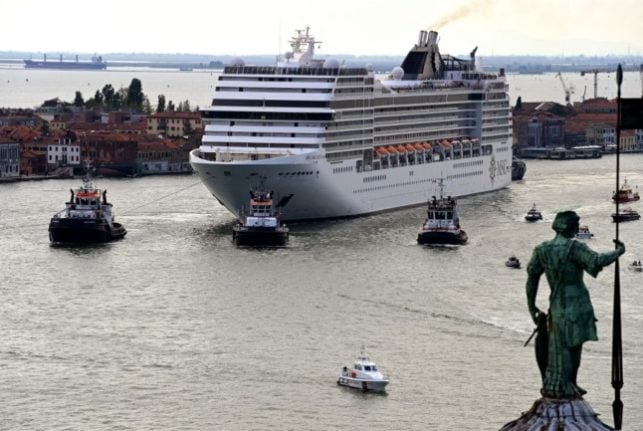Boat traffic on the Grand Canal in the world-famous lagoon came to a standstill from 10:00 am to 3:00 pm, with only public transport and electric-powered or hybrid vessels allowed to cut through the waters.
"This day demonstrates the commitment of local authorities in the fight against the pollution and the backwash caused by boats," said local councillor Ugo Bergamo.
The city offered free gondola rides to those wanting to cross the canal during the ban.
Venice, whose resident population is just 58,000, is a major tourist attraction, receiving around 20 million visitors a year.
The facades of its Renaissance buildings are under constant threat from the waves caused by boats — whose speed is strictly limited — as well as from rising water levels caused by global warming.
The city, which rests on wooden piles driven into boggy ground, has been steadily sinking for centuries.
Planning official Pierfrancesco Ghetti said he hoped Venice would increasingly be considered a "smart city" for its use of anti-pollution technologies.



 Please whitelist us to continue reading.
Please whitelist us to continue reading.
Member comments